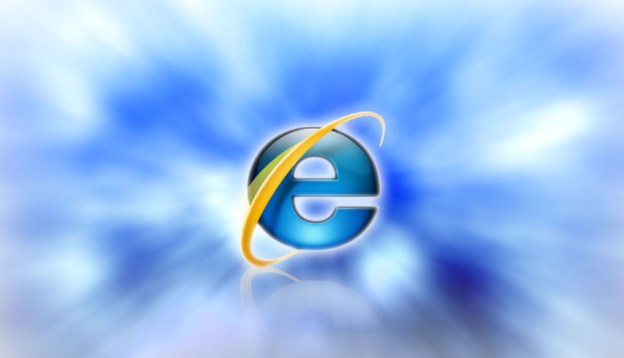
Microsoft has announced that beginning early next year, it will begin silently upgrading Internet Explorer on systems running Windows Xp, Windows Vista, and Windows 7. The move mirrors an upgrade strategy that’s been used by Google Chrome since 2009, which routinely upgrades users to the latest version without explicitly asking for permission. Currently, even if Windows users have automatic upgrades enabled, Microsoft asks for permission before upgrading Internet Explorer from one version to another: beginning in January, that will stop: if users have Windows updates enabled, IE will get upgraded along with everything else.
The move isn’t quite as draconian as it sounds, though: users can still opt out. Microsoft says users who have declined to install IE8 or IE9 through Windows Update will not be automatically updated to new versions of the browser, and customers will be able to uninstall the updates if they like—customers will also be able to block the update, if they like, or upgrade on their own as they see fit. Microsoft also says future version of IE will have an option so users can opt out of automatic upgrades. Microsoft also plans to make a automatic update blockers available to enterprises and organizations who, for whatever reasons, want to stick with older browsers.
Users will be upgraded to a version of Internet Explorer suitable for their operating system. Folks running Windows 7 or Windows Vista will be pushed forward to Microsoft’s current browser, Internet Explorer 9, where folks running IE6 or IE7 under Windows XP will be pushed forward to Internet Explorer 8.
“The Web overall is better—and safer—when more people run the most up-to-date browser,” Microsoft’s general manager for IE business and marketing Ryan Gavin wrote. “Our goal is to make sure that Windows customers have the most up-to-date and safest browsing experience possible, with the best protections against malicious software such as malware.”
Microsoft plans to start the silent upgrade process in Australia and Brazil beginning in January, and expand the program gradually to other markets. Microsoft has not announced when it plans to bring silent Internet Explorer upgrades to the United States.
Google’s Chrome has been using a silent update methodology for some time; Mozilla Firefox plans to integrate silent updates into Firefox 12, due in April 2012.

